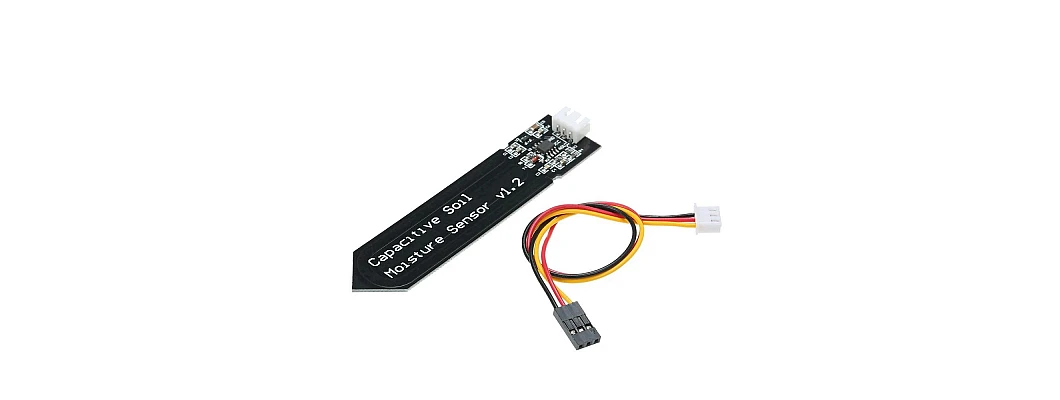
Plant lovers who enjoy gardening and caring for plants know how important it is to keep the soil at the proper moisture levels for healthy plants. For keeping an eye on soil moisture levels and making sure your plants are getting the right amount of moisture, the Capacitive Soil Moisture Sensor V2.0 is an invaluable tool. We'll look at the capabilities and application of the Capacitive Soil Moisture Sensor V2.0 in this guide.
What is the Capacitive Soil Moisture Sensor V2.0?
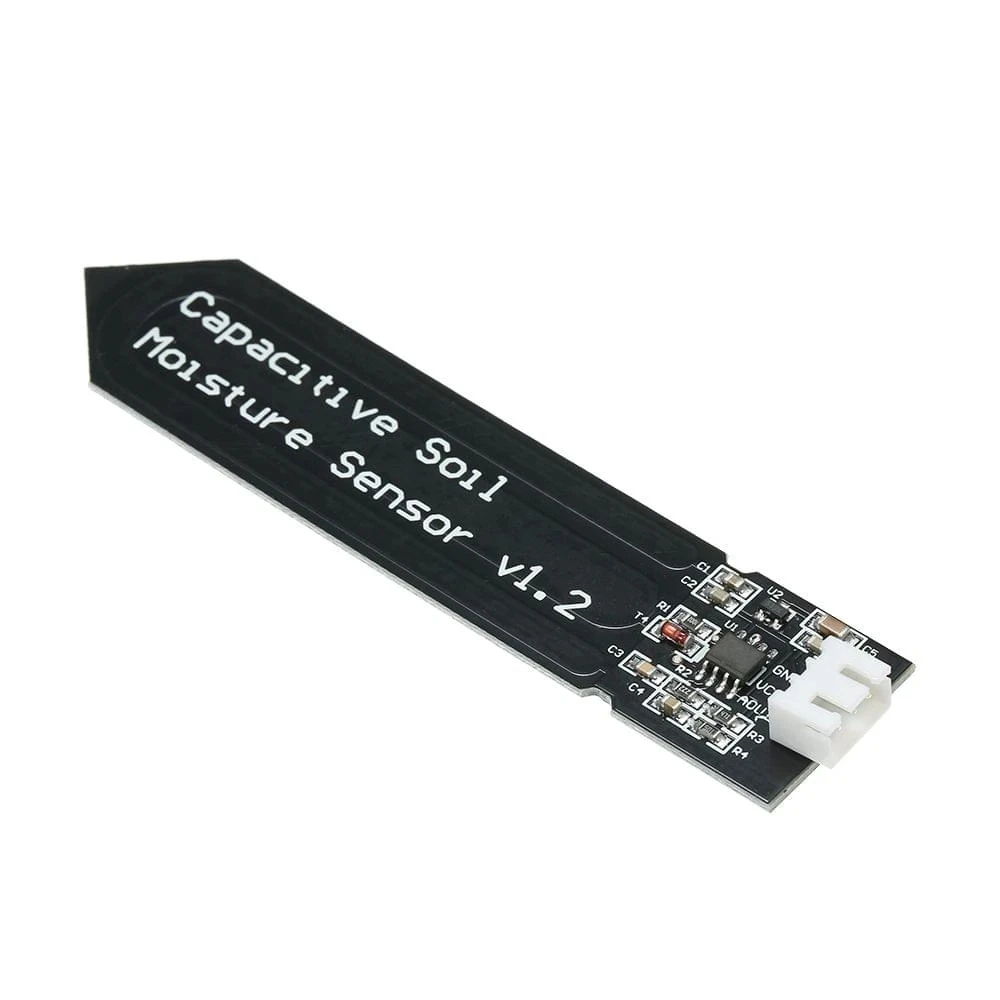
A cheap and efficient way to gauge soil moisture content is with the Capacitive Soil Moisture Sensor V2.0. It works on the basis of capacitance, which states that soil's dielectric constant varies with moisture content. After the two probes of the sensor are inserted into the soil, the moisture content of the soil is indicated by an analog signal.
Key Features:
- Analog Output: The sensor provides an analog voltage signal that can be read by microcontrollers like Arduino.
- Wide Sensing Range: It can measure soil moisture levels over a broad range, making it suitable for various plant types and soil conditions.
- Easy to Use: The sensor is user-friendly and doesn't require complex calibration.
- Durable Build: It is designed to withstand soil exposure and provides long-lasting performance.
Wiring the Capacitive Soil Moisture Sensor V2.0
Wiring the sensor to a microcontroller like Arduino is straightforward. Here's how you can connect it:
- VCC (Voltage): Connect this pin to the 5V output of your microcontroller or external power source.
- GND (Ground): Connect this pin to the ground (GND) of your microcontroller.
- AOUT (Analog Output): Connect this pin to an analog input pin on your microcontroller (e.g., A0 on Arduino).
The analog output pin (AOUT) is where you'll read the soil moisture value.
Reading Soil Moisture Data
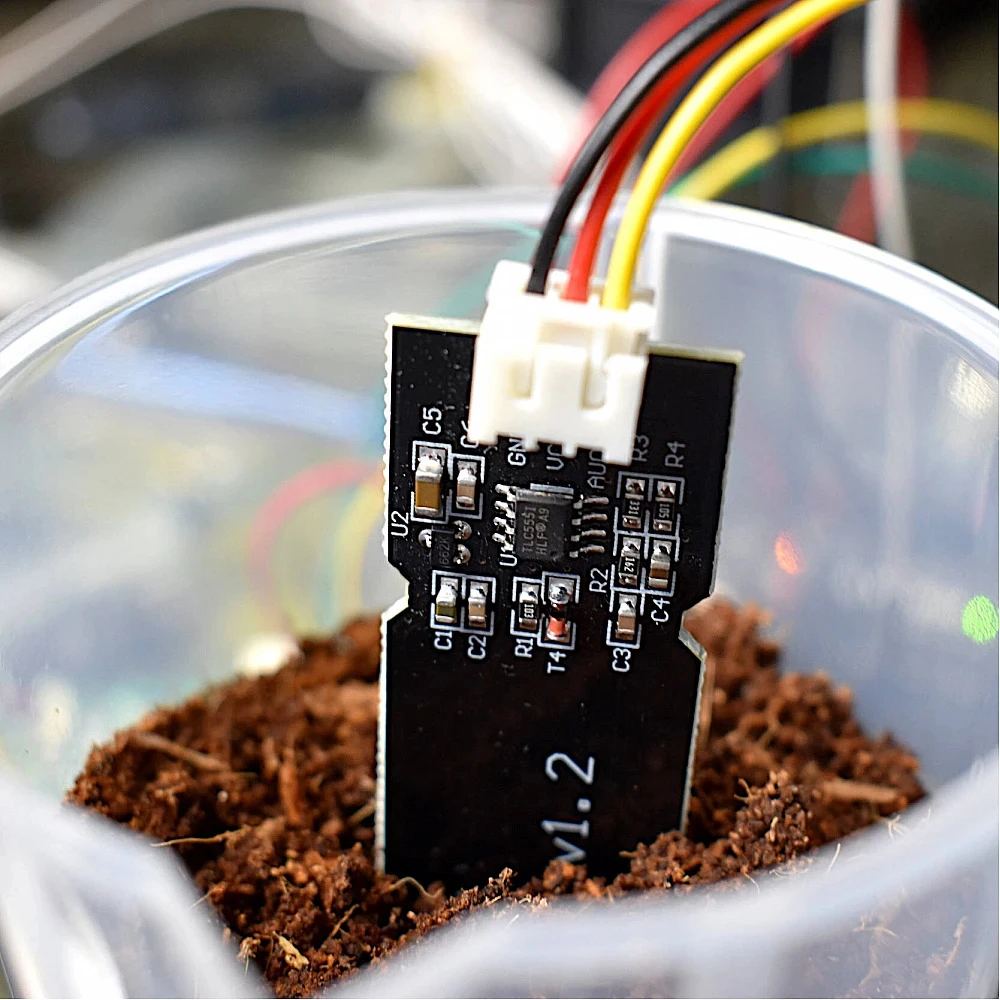
To read soil moisture data from the Capacitive Soil Moisture Sensor V2.0, you can use an Arduino or any microcontroller that supports analog input. Here's a basic code snippet to read and display the moisture level:
This code reads the analog value from the sensor and displays it in the Arduino IDE's Serial Monitor.
Interpreting the Data
The sensor output typically ranges from 0 (dry soil) to 1023 (saturated soil). You can use this data to make informed decisions about watering your plants. Here's a rough interpretation:
- 0-200: Dry soil; time to water.
- 200-400: Soil is moderately moist.
- 400-600: Soil is moist; no need to water.
- 600-800: Soil is quite wet.
- 800-1023: Soil is saturated; no more watering required.
Conclusion
The Capacitive Soil Moisture Sensor V2.0 is a useful tool for gardeners and plant enthusiasts. It makes keeping an eye on soil moisture levels easier, and by making sure your plants get the right amount of water, it helps you take better care of them. You can keep your vegetation healthy and flourishing by incorporating this sensor into your routine for caring for plants.
Now that you know how to use this sensor, you can enjoy plants that are in full bloom and advance your gardening abilities.
Happy gardening!

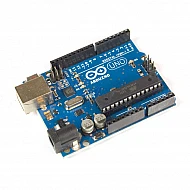
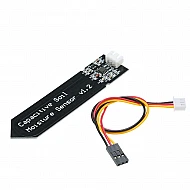

Leave a Comment